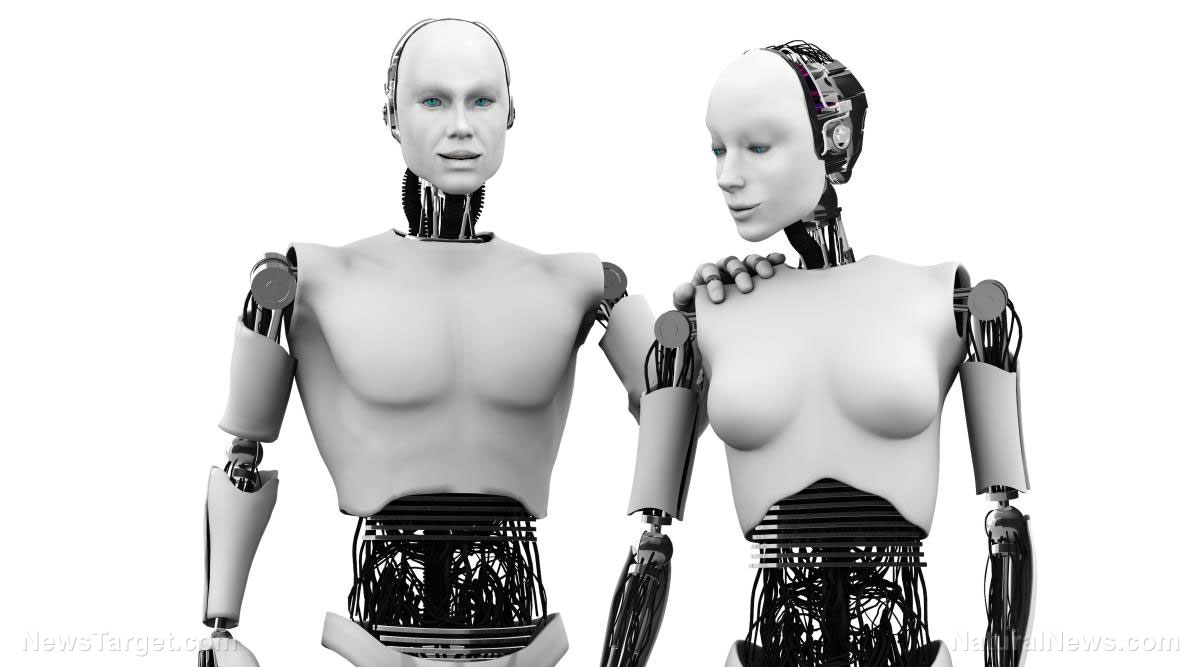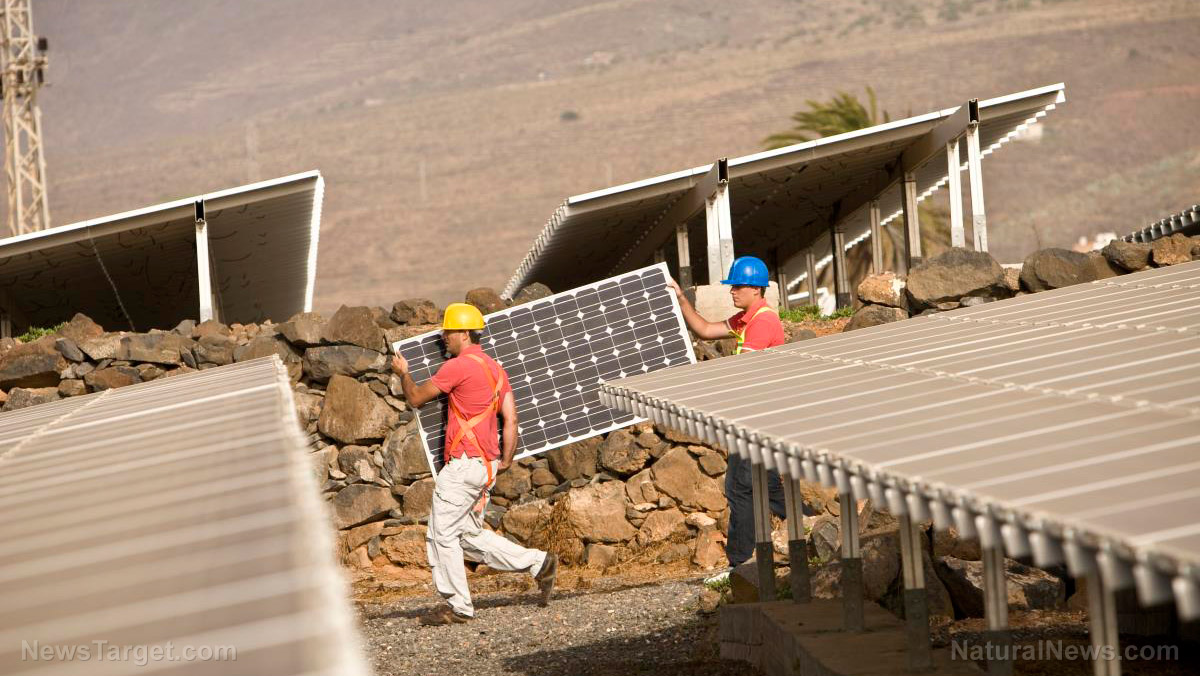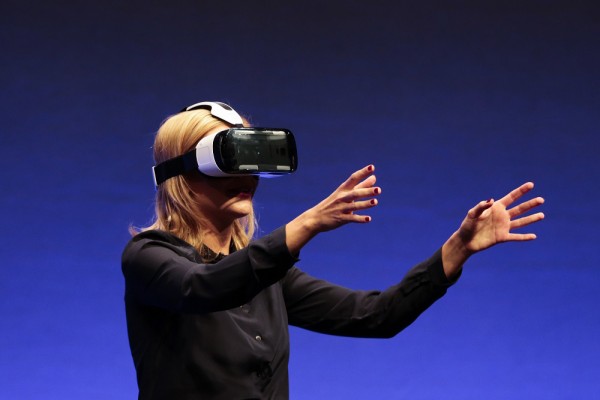Primary schools in Finland use robot teachers that can speak 23 languages, adjust to student’s skill level and even dance
06/24/2018 / By Jessica Dolores

Elias is not a person. It’s a robot that teaches language to students of Finnish primary schools.
Elias doesn’t get tired of repeating answers to questions that students ask over and over. It doesn’t embarrass children with reprimands about undone homework, failing grades, repeated absences, tardiness and other forms of delinquencies.
It can even break into a “Gangnam Style” dance to make students take a break from all that learning.
The one-foot-tall Elias is not alone. This language-teaching machine is one of four robots in a pilot program at primary schools in Tampere, Finland. OVObot, the Math robot, on the other hand, is even shorter. The 25-cm (10-inch) blue robot resembles an owl, and was developed by Finnish AI Robots.
Embedded in the robots’ systems is software that lets it understand and speak 23 languages, enabling them to grasp what young students ask, and therefore facilitate learning.
For this pilot project, Elias reaches out to students in English, Finnish, and German. It recognizes the pupils’ skill levels and crafts its questions accordingly. It also updates teachers about possible challenges to a pupil’s learning.
The pilot trial wanted to find out if Elias and three OVObot robots deployed in the schools could boost the quality of classroom teaching.
“Well, it is fun, interesting and exciting and I’m a bit shocked,” young student Abisha Jinia described his reaction to Elias to Reuters.
School authorities will observe the OVObots for a year, while Elias is now part of the school itself. The school bought the language teaching machine so it could continue teaching children for a longer time.
The role of robots in the classroom
Using robots in classrooms is not new. These kinds of robots have recently been used in the Middle East, Asia, and the U.S. But it is only now that modern technology like cloud services and 3D printing are letting smaller start-up companies try the said innovation. (Related: Technology in the classroom: Robots could replace teachers in 10 years.)
Some of the human teachers who have worked with these robots are far from threatened. In fact, they welcome it as a novel way of helping children learn more. Language teacher Riikka Kolunsarka told Reuters that the main thrust of the new curriculum is to involve and motivate the children, thus making them more active in looking for answers to questions. Kolunsarka sees Elias as one of the ways to implement “different kinds of practice and different kinds of activities” in the classroom.
She explains that this is why using robots is aligned with the new curriculum. She would also encourage fellow teachers to keep an open mind about these miniature learning machines.
Robots may be adept at honing children’s language and mathematics skills. But they can’t change behavior in the classroom the way human teachers can. Robots, for instance, can’t discipline an erring pupil the way human teachers can. Robots can’t match humans when it comes to asking a child what areas of learning he’s having a hard time at, and come up with age-specific solutions that consider the child’s feelings about a certain topic. Robots can’t relate classroom concepts to real-life experience the way human teachers who are rich in the wisdom of the years can.
Human teachers can impart inspiring lessons that help students become better people. Robots can’t. The bottom line is, robots can help us learn. But they can’t teach us deeper things like values, critical thinking and other skills we need to lead happier, well-balanced lives.
Robots are a tool of the future. But the human teacher is here to stay.
Sources include:
Tagged Under: AI, artificial intelligence, classroom concepts, classroom teaching, education, educational tools, future classrooms, future tech, human teachers, language teaching machine, machine learning, machines, OVObots, primary schools, public schools, robot teachers, robotic teacher, robots, school children



















